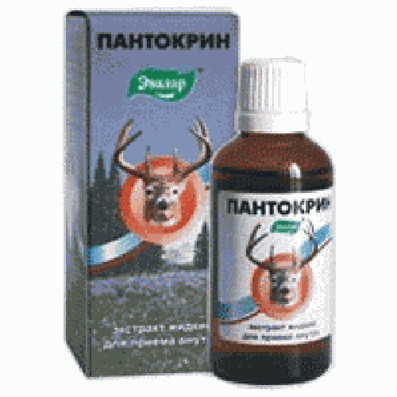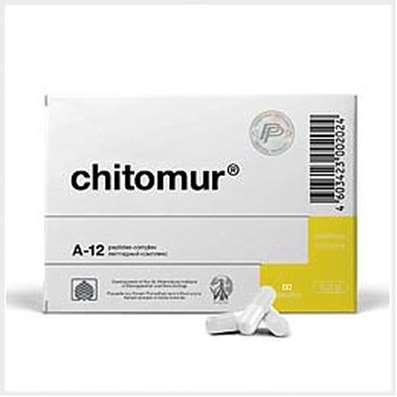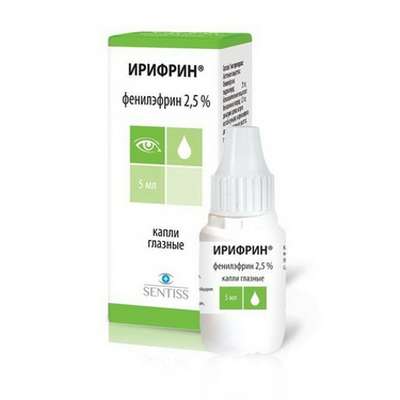Cardiovascular system - the effect of alcohol
05 Mar 2019
That's what happens when alcohol through the stomach and intestines gets into the blood: in the usual state, the outer surface of the red blood cells is covered with a thin layer of "lubricant", which, when rubbed against the walls of the vessels, is electrified. Each of the erythrocytes carries a unipolar negative charge, and therefore they have the original property to repel each other. Alcohol - a good solvent - removes this protective layer and relieves electrical stress. As a result, the erythrocytes, instead of starting off, begin to stick together, forming larger entities. The process follows the principle of a snowball, the size of which increases with the amount drunk.

The diameter of the capillaries in certain parts of the body (the brain, the retina of the eye) is sometimes so small that red blood cells literally "squeeze" through them one at a time, often pushing the walls of the capillaries. The smallest diameter of the capillary is 50 times thinner than the human hair, is 8 microns (0.008 mm), the smallest erythrocyte diameter is 7 microns (0.007 mm). Therefore, it is clear that the formation containing several red blood cells is not able to move along the capillaries. Moving along the branching arteries, and then through the arterioles of an ever smaller caliber, it eventually reaches an arteriolus with a diameter smaller than the diameter of the clot and blocks it, completely stopping the blood flow in it, hence the blood supply of individual groups of brain neurons ceases. The clots are irregular in shape and contain an average of 200 to 500 erythrocytes, the average size being 60 microns. There are separate clots that contain thousands of red blood cells. Of course, thrombi of this size overlap the arterioles of the smallest caliber.
For large vessels (in the arm, in the leg), the gluing of erythrocytes at the initial stages of taking alcohol is of no particular danger. The insidiousness of alcohol is also in the fact that the body of a young man has a significant, approximately 10-fold capillary reserve, so in youth, violations of the circulatory system and their effects are not as obvious as in later years.
However, over time, the "reserve" of capillaries is gradually exhausted, and the effects of alcohol poisoning are becoming more pronounced. At the current level of alcohol consumption, "average" in this regard, the man "suddenly" faces a variety of ailments at the age of about 30 years. These are diseases of the stomach, liver, cardiovascular system, neuroses, disorders in the genital area. However, diseases can be the most unexpected: after all, the effect of alcohol is universal, it affects all organs and systems of the human body. After 100 grams of vodka, at least 8,000 actively working cells die forever. (Meldonium and Phenylpiracetam help to protect cells).
As for the consumption of beer, the very fact that large quantities of liquid have entered the body (and young people are now swallowing beer with such doses - water or tea people would not drink so much!) Adversely affects the work of not only the cardiovascular system, but also the kidneys. The fans of a hop-drinking "drink" form a so-called bovine or beer heart - the expansion of its boundaries, with the frequency of heartbeats increasing, arrhythmias occur, and the pressure increases.

 Cart
Cart





